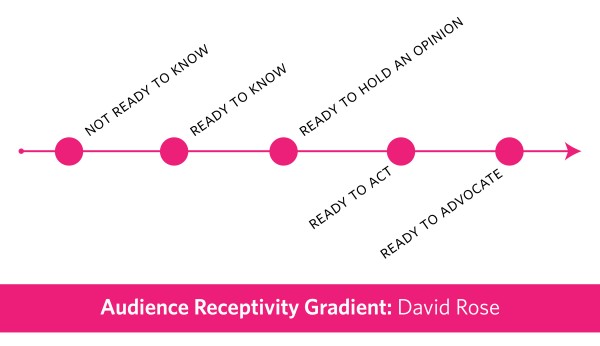We love to do good. The design community is increasingly engaged with doing work for good and embracing do-goodery. This is manifesting is several ways: following sustainable practices, supporting communities and organizations that need assistance, raising awareness about the benefits of socially minded design, etc. In tough economic times, our well intentions may move to the back-burner as we struggle to make ends meet, but how can we continue to do good?
Make It A Priority
Making do-goodery a priority for your business will have long-term payoff. Obviously, it will leave the earth in better shape, but it will also position you as part of a thoughtful, forward thinking group. If you strive to be an example to your clients by the way you respect the world, they will begin to respect you for your leadership and commitment.
The Basics
We should all be doing the basics in our design practice. Using soy based inks and recycled paper, supporting paper mills that make sustainable practices a priority, and articulating the value of these choices to our clients. Recycling all studio materials should be second nature by now, but making this process visible in your studio can make you an advocate. Use your experts; work with your printers and paper reps to stay up on the new innovations in sustainable practices.
Pro-Bono means ‘for good’
Ric Grefe, the executive director for AIGA, recently stated that pro-bono doesn’t have to mean for free; it can mean for good. Strive to do work worth doing. Think of this broadly; it shouldn’t be limited to the equivalent of the ‘save the rainforest’ poster. Step outside of your normal client zone and seek out organizations that could use your design thinking skills for good. On a large scale, we’ve seen this through projects like Design for Democracy, and on a smaller scale, organizations like Design Ignites Change seek to financially support projects. The design world is rewarding, and recognizing, work worth doing via competitions like cause/affect and AIGA (re)design. The support from our community is there, so take advantage of it.
When should you just say no?
So, you’ve covered the basics and strive to supplement your practice with socially minded projects. What more can you do? Ask yourself if an artifact is appropriate or if you should you just say no. The Audience Receptivity Gradient, created by David Rose, is a great tool for making sure you are appropriately targeting audiences. There is nothing more wasteful than creating an artifact that is incorrectly tailored and distributed via a misaligned channel. Ask the critical question: is your client’s message appropriate to their audience? In the Audience Receptivity Gradient, audiences are plotted in one of five places: not ready to know, ready to know, ready to hold and opinion, ready to act and ready to advocate. When devising a communication plan, the goal is typically to move audiences forward one or two steps, but no more. Realizing this, and articulating it to your client, can result in smaller, more targeted communication strategies. For example, if your client wants to notify consumers about a new service, is a printed brochure the best approach or would a viral campaign be more appropriate? While it may be hard to turn away work, especially in an economic downturn, you are doing your clients a disservice, and wasting resources, by letting them pursue a communication plan that isn’t going to succeed. Clients may continue to request traditional/expected design solutions (ie: we need a poster! A billboard! 100,000 brochures!), but it is the domain and the responsibility of the designer to determine the best vehicle for the client’s message. The mindful designer may then possibly suggest an interaction or service design solution with a lighter environmental impact and a more direct appeal to the audience.

In the Audience Receptivity Gradient, audiences are plotted in one of five places: not ready to know, ready to know, ready to hold and opinion, ready to act and ready to advocate. When devising a communication plan, the goal is typically to move audiences forward one or two steps, but no more. Realizing this, and articulating it to your client, can result in smaller, more targeted communication strategies.
Quick Tips
1. Must do the basics: recycle, use recycled materials, support vendors with sustainable efforts.
2. Be an example to your clients by the way you respect the world.
3. Ask the right questions and be prepared to just say no.
4. Push yourself to do better. Do one new thing to help our planet and communities every day or week or month or year. Whatever works for you.
Dig Deeper!
1. AIGA’s Living Principles
2. AIGA’s Design for Good Initiative
3. Design for Democracy
4. Design Ignites Change
5. Cause/Affect
6. (re)designAwards
7. SustainableAble: A Handbook of Materials and Applications for Graphic Designers and Their Clients